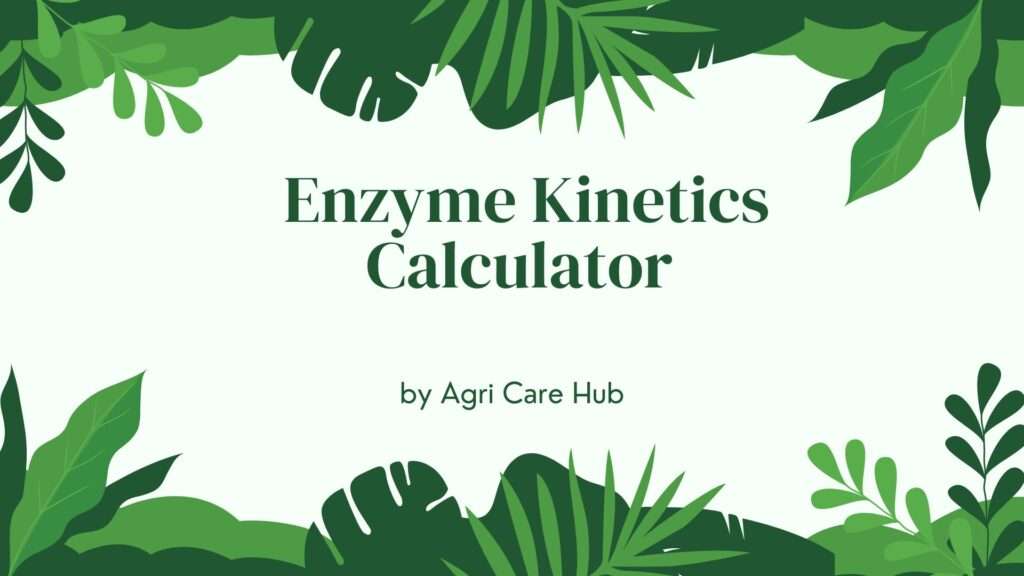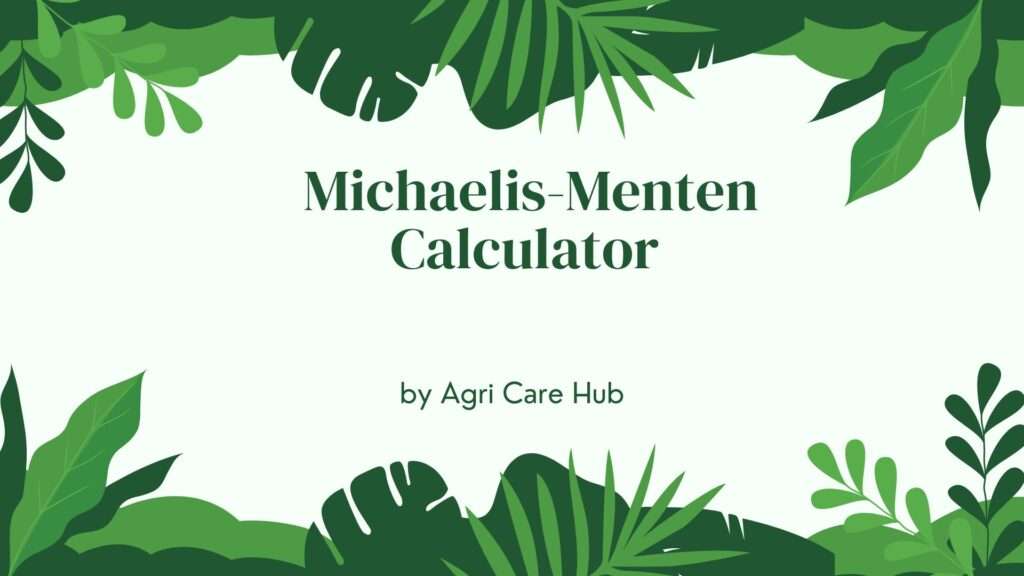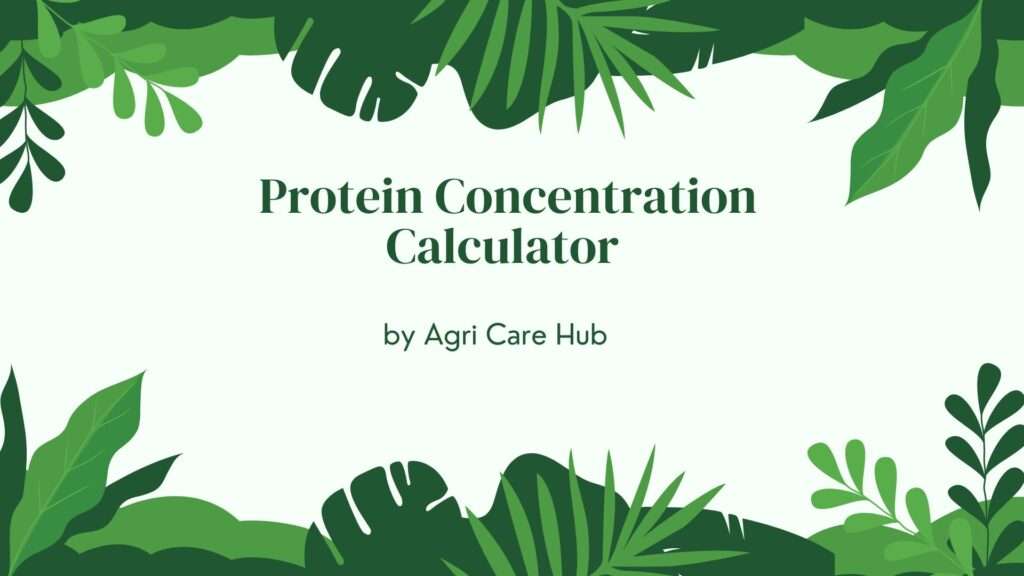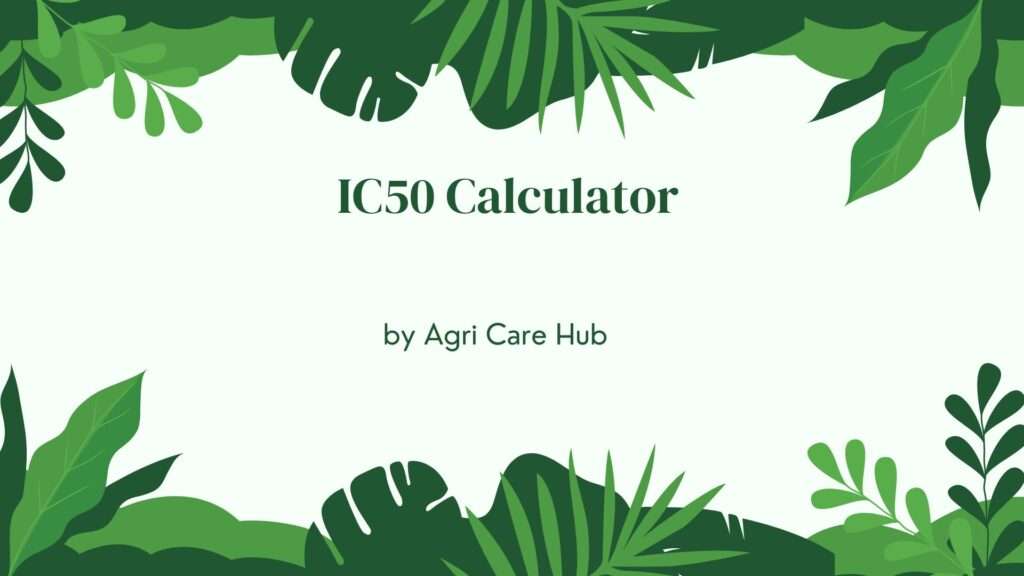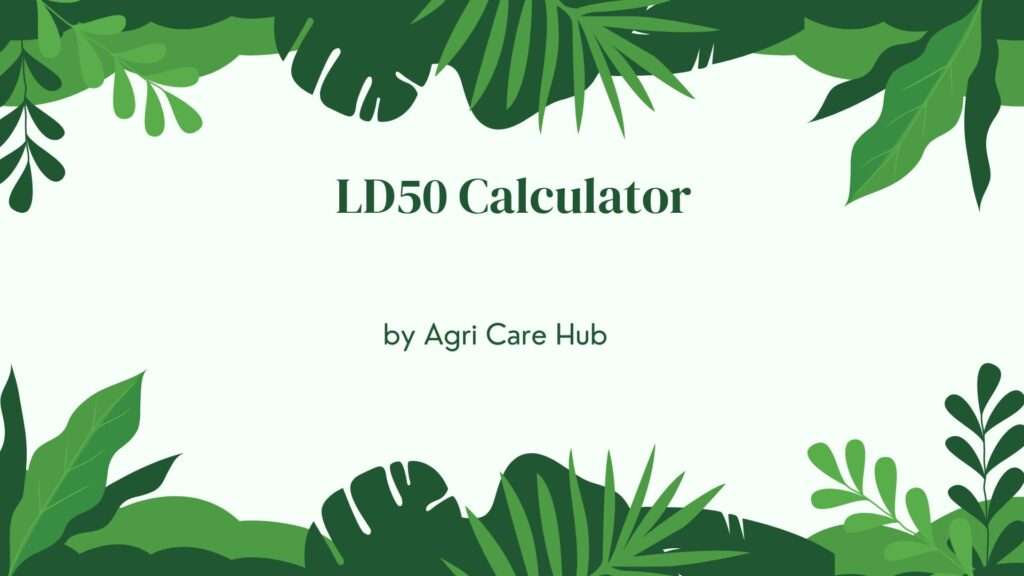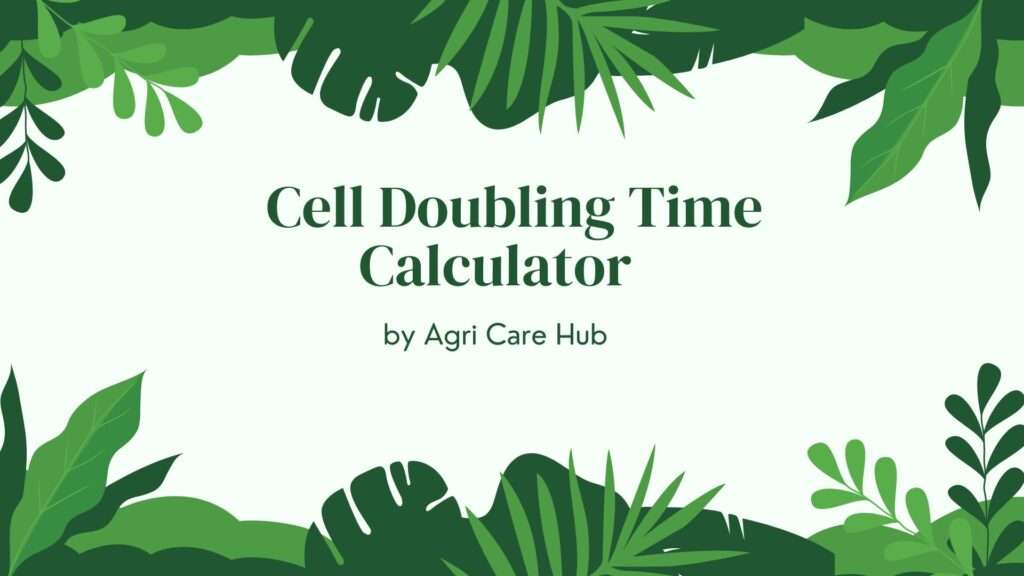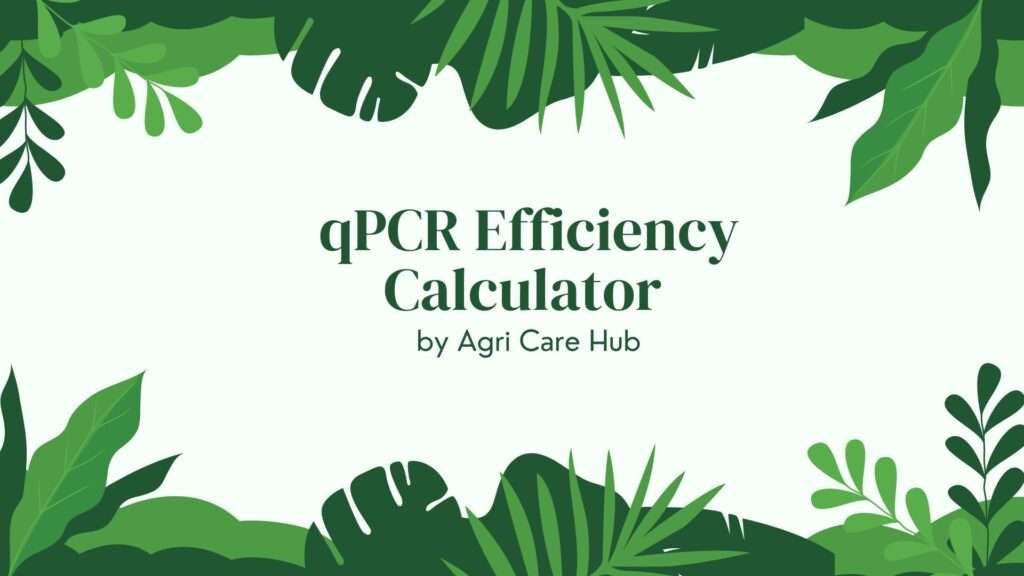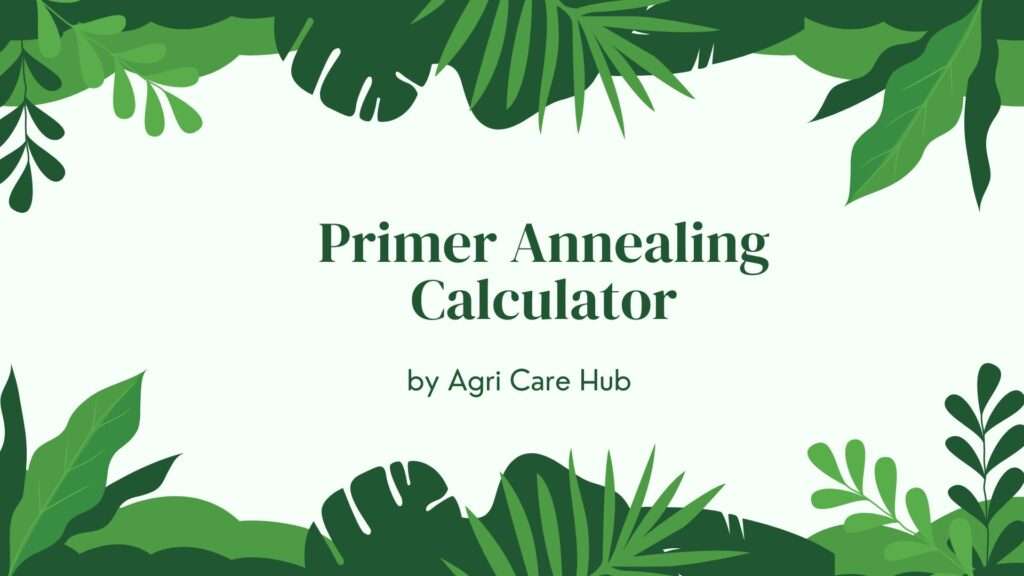Hill Plot Calculator
Calculate Hill Plot Parameters
About the Hill Plot Calculator
The Hill Plot Calculator is a specialized tool designed to assist researchers, students, and professionals in biochemistry and pharmacology to analyze ligand-receptor binding interactions. Based on the Hill Plot equation, this calculator computes the fraction of receptor protein bound by a ligand, providing insights into cooperative binding behaviors. By entering the ligand concentration, dissociation constant (Kd), and Hill coefficient, users can quickly obtain accurate results, making it an essential tool for studying protein-ligand interactions.
Importance of the Hill Plot Calculator
The Hill Plot Calculator is crucial for understanding the dynamics of ligand binding to macromolecules, such as proteins or enzymes. The Hill equation, introduced by Archibald Hill in 1910, is widely used to model cooperative binding, where the binding of one ligand molecule affects the affinity for subsequent ligands. This tool simplifies complex calculations, enabling users to quantify the degree of cooperativity and generate data for dose-response curves or binding studies. Whether you're exploring hemoglobin's oxygen binding or drug-receptor interactions, the Hill Plot Calculator offers precise and reliable results.
At Agri Care Hub, we recognize the importance of accessible scientific tools. This calculator supports researchers in agriculture, biochemistry, and pharmacology by providing a user-friendly interface to perform calculations that would otherwise require manual computation or complex software.
User Guidelines
To use the Hill Plot Calculator effectively, follow these steps:
- Enter Ligand Concentration (L): Input the concentration of the ligand in micromolars (µM). This represents the amount of ligand available to bind to the receptor.
- Enter Dissociation Constant (Kd): Provide the apparent dissociation constant in µM, which indicates the ligand concentration at which half of the receptor sites are occupied.
- Enter Hill Coefficient (n): Specify the Hill coefficient, which quantifies the degree of cooperativity. A value greater than 1 indicates positive cooperativity, less than 1 indicates negative cooperativity, and 1 indicates non-cooperative binding.
- Click Calculate: Press the calculate button to obtain the fraction of ligand-bound receptors (θ) and the transformed value for the Hill plot (log(θ/(1-θ))).
- Interpret Results: The calculator displays the fraction of bound receptors and the Hill plot value, which can be used to construct a linear Hill plot for further analysis.
Ensure all inputs are positive numbers to avoid errors. The calculator is designed to handle a wide range of values, making it versatile for various biochemical applications.
When and Why You Should Use the Hill Plot Calculator
The Hill Plot Calculator is ideal for scenarios where understanding ligand-receptor interactions is critical. Here are some key use cases:
- Biochemical Research: Use the calculator to study protein-ligand binding, such as oxygen binding to hemoglobin or drug interactions with receptors.
- Pharmacology: Analyze dose-response relationships to determine drug efficacy and potency, aiding in drug development and testing.
- Agricultural Biochemistry: Investigate enzyme kinetics or receptor interactions in plants, which can inform pesticide or nutrient development at Agri Care Hub.
- Educational Purposes: Students can use the tool to learn about cooperative binding and the Hill equation in a practical, hands-on manner.
- Data Visualization: Generate data points for constructing Hill plots, which can be used to assess cooperativity visually.
The calculator is particularly valuable when you need quick, accurate results without delving into complex mathematical derivations. It simplifies the process of analyzing binding curves, making it accessible to both novices and experts.
Purpose of the Hill Plot Calculator
The primary purpose of the Hill Plot Calculator is to provide a reliable, user-friendly tool for calculating the fraction of ligand-bound receptors and generating data for Hill plots. By leveraging the Hill equation, the calculator helps users quantify the cooperativity of ligand binding, which is essential for understanding biological processes at the molecular level. The tool serves multiple purposes:
- Accurate Calculations: Ensures precise computation of binding parameters based on peer-reviewed scientific formulas.
- Educational Tool: Helps students and educators explore the principles of cooperative binding and the Hill equation.
- Research Support: Assists researchers in generating data for publications, experiments, or presentations.
- Practical Applications: Supports practical applications in pharmacology, biochemistry, and agricultural science by providing actionable insights.
The calculator is designed to be intuitive, with a clean interface that prioritizes user experience. It eliminates the need for manual calculations, reducing the risk of errors and saving time.
Understanding the Hill Equation
The Hill Plot equation is a cornerstone of biochemistry, describing the relationship between ligand concentration and receptor occupancy. It is expressed as:
θ = [L]^n / (Kd + [L]^n)
Where:
- θ is the fraction of receptors bound by the ligand.
- [L] is the ligand concentration.
- Kd is the dissociation constant.
- n is the Hill coefficient, indicating the degree of cooperativity.
The Hill plot transforms this equation into a linear form, making it easier to analyze cooperativity by plotting log(θ/(1-θ)) against log[L]. This linearization was historically significant, as it allowed researchers to estimate parameters without advanced computational tools.
Applications in Biochemistry and Pharmacology
The Hill Plot Calculator has wide-ranging applications in biochemistry and pharmacology. In biochemistry, it is used to study cooperative binding in proteins like hemoglobin, where the binding of one oxygen molecule increases the affinity for additional molecules. In pharmacology, the Hill equation is critical for constructing dose-response curves, which help determine a drug’s potency and efficacy. The calculator simplifies these analyses, making it easier to interpret complex binding behaviors.
In agricultural biochemistry, the tool can be used to study enzyme kinetics or receptor interactions in plants, which is particularly relevant for developing sustainable agricultural solutions at Agri Care Hub. By understanding how molecules interact with plant receptors, researchers can design better fertilizers, pesticides, or growth regulators.
Advantages of Using the Hill Plot Calculator
The Hill Plot Calculator offers several advantages:
- User-Friendly Interface: Designed with a clean, intuitive layout for ease of use.
- SEO-Friendly Design: Optimized for search engines to increase visibility and attract users.
- Accurate Results: Based on the rigorously validated Hill equation, ensuring reliable outputs.
- Versatility: Applicable to various fields, including biochemistry, pharmacology, and agriculture.
- Time-Saving: Eliminates the need for manual calculations or complex software.
By integrating this tool into your WordPress website, you can provide a valuable resource for your audience, enhancing your site’s credibility and engagement.
Limitations and Considerations
While the Hill Plot Calculator is a powerful tool, it has limitations. The Hill equation assumes simultaneous ligand binding, which may not always reflect real-world conditions. Additionally, the Hill coefficient is not a direct measure of binding sites but rather an indicator of cooperativity. For more complex models, users may need to explore alternative equations, such as those for cooperative binding or receptor activation. Despite these limitations, the calculator remains a valuable empirical tool for quick and reliable analyses.


